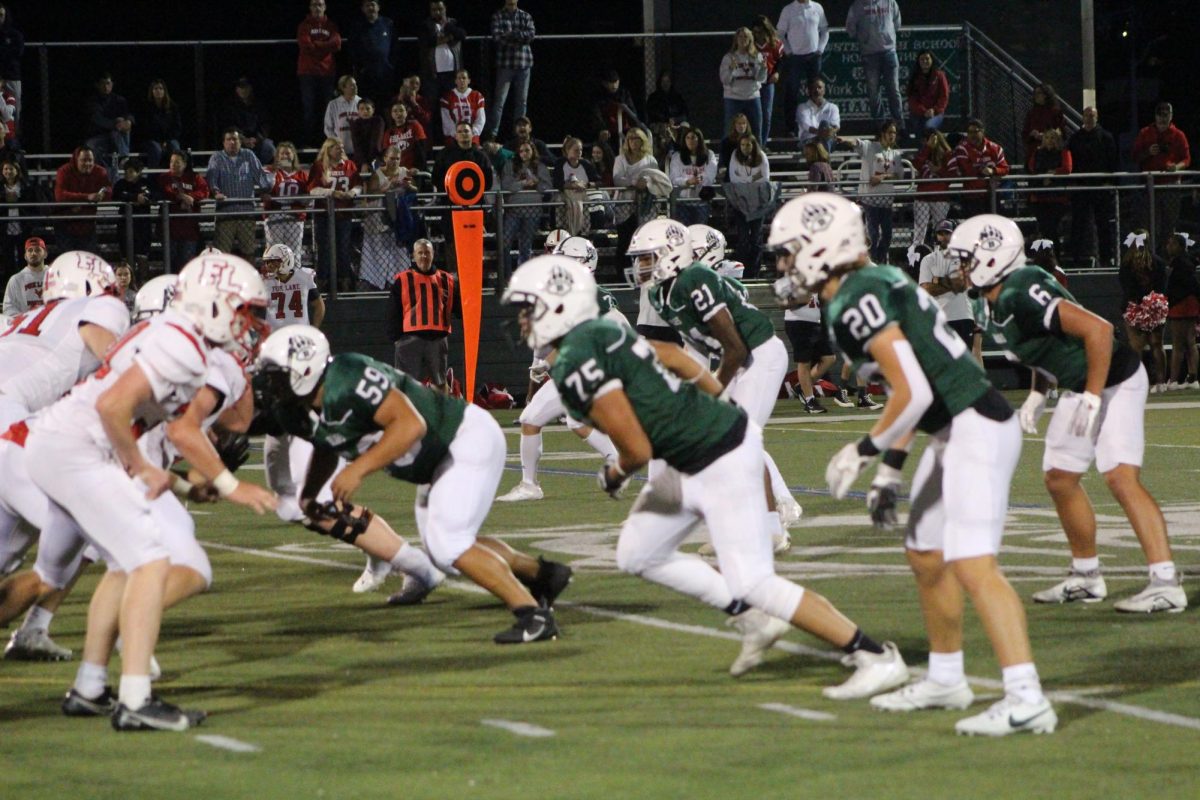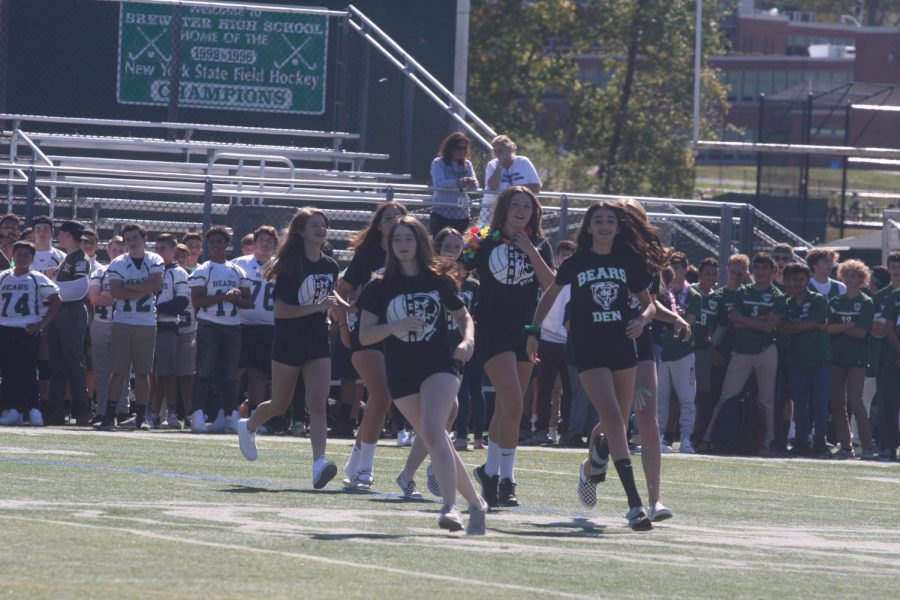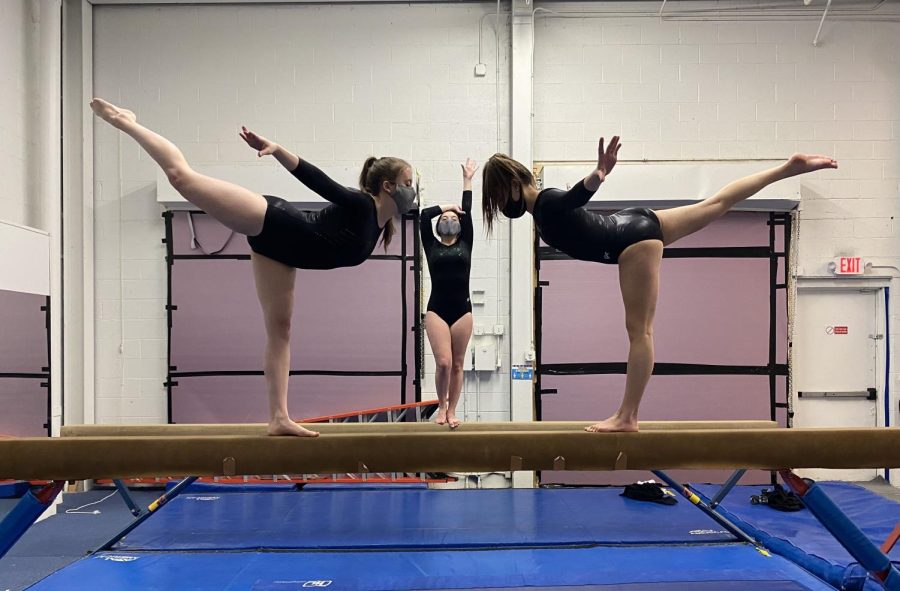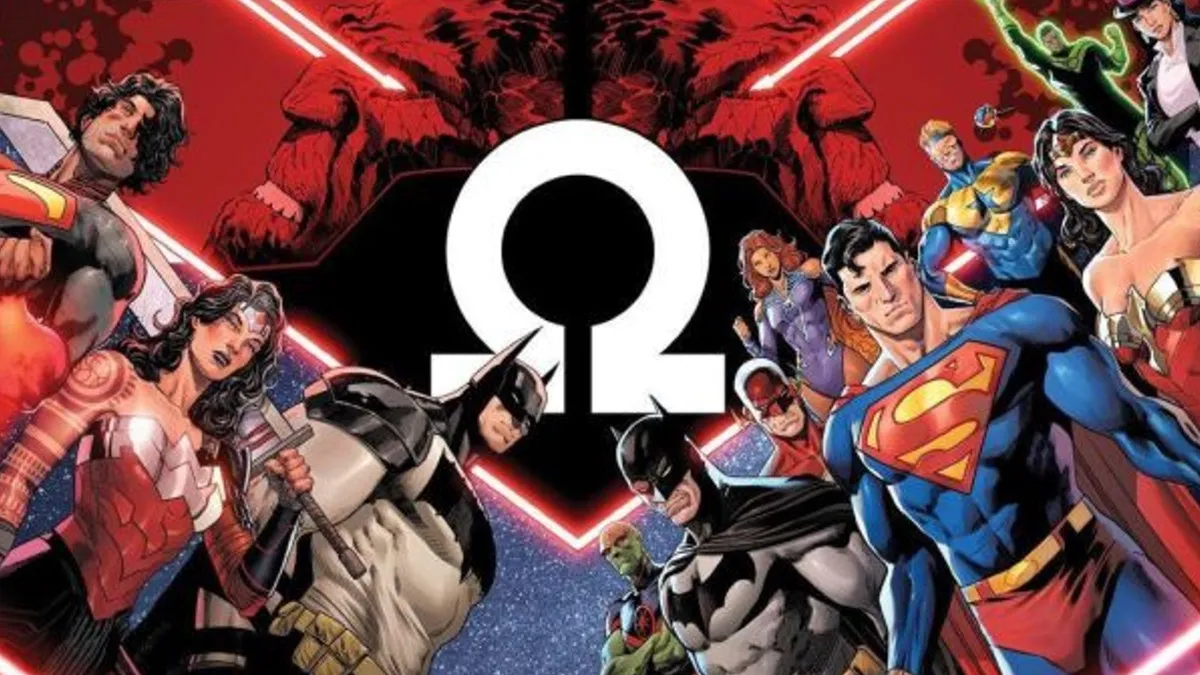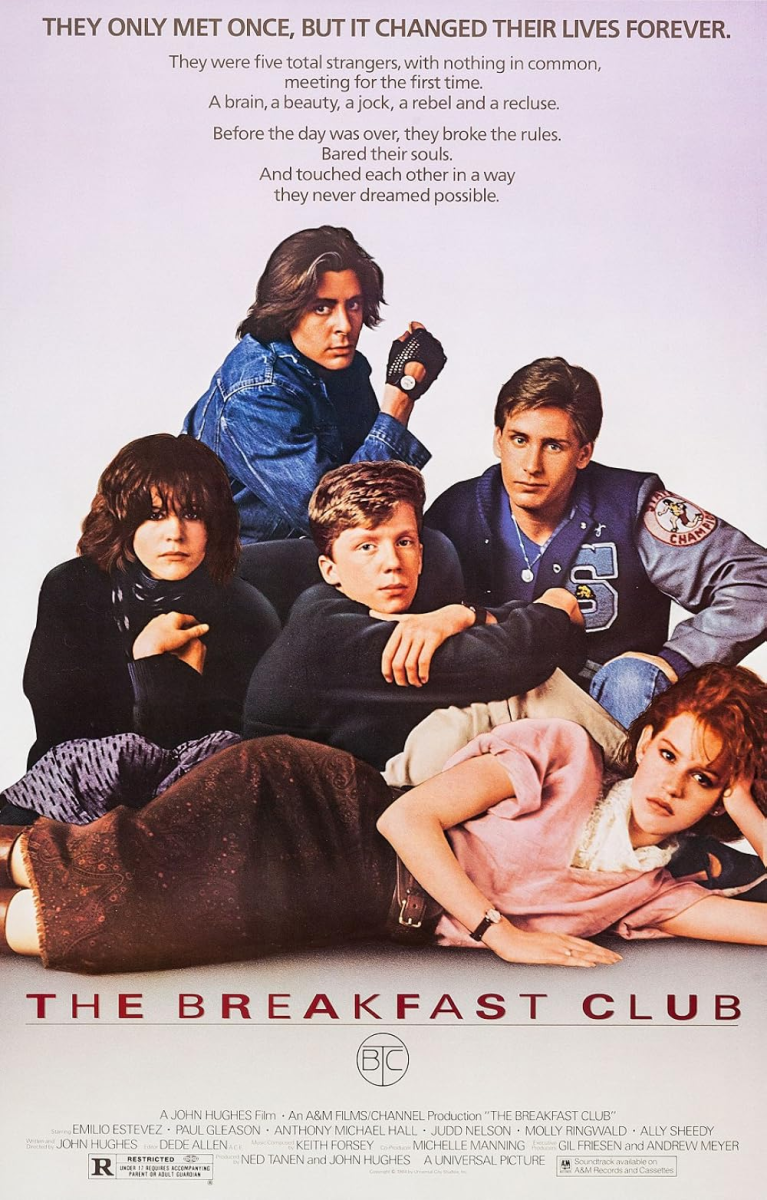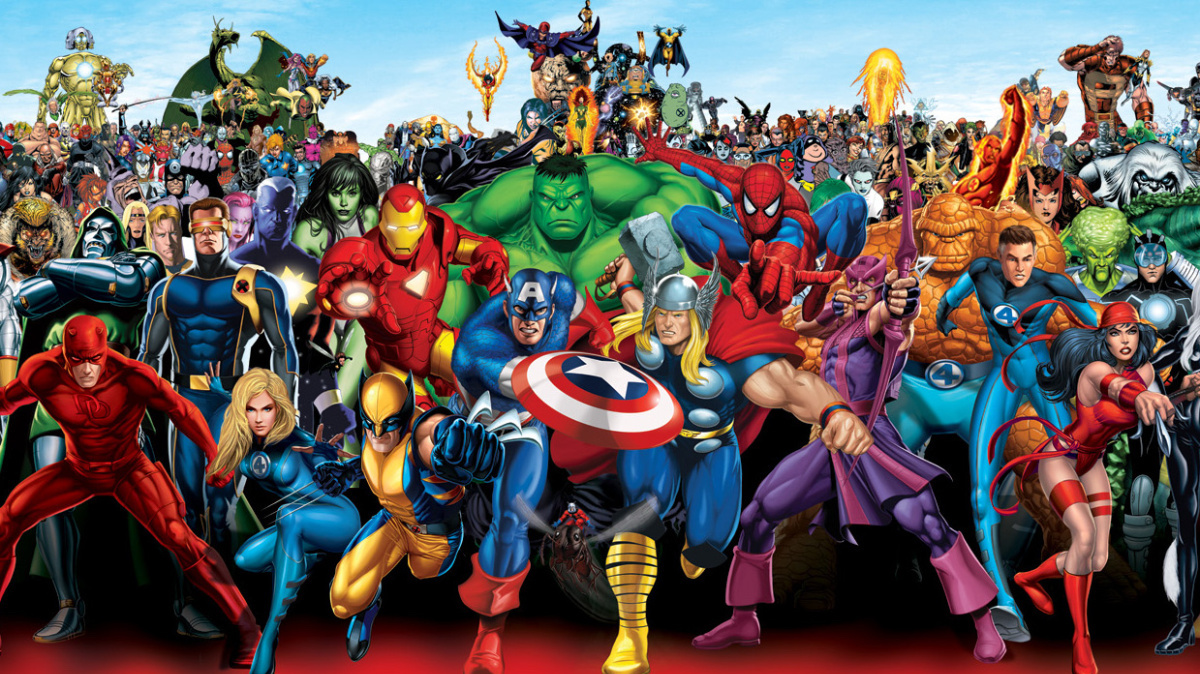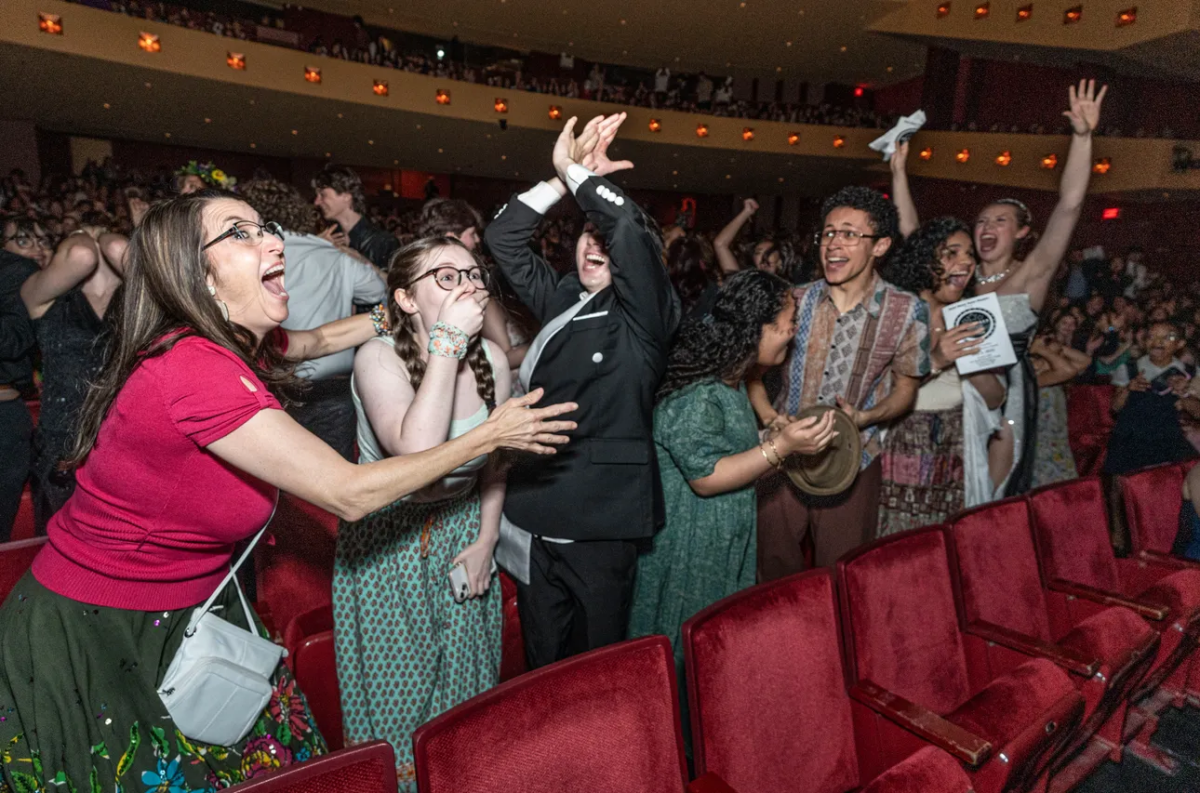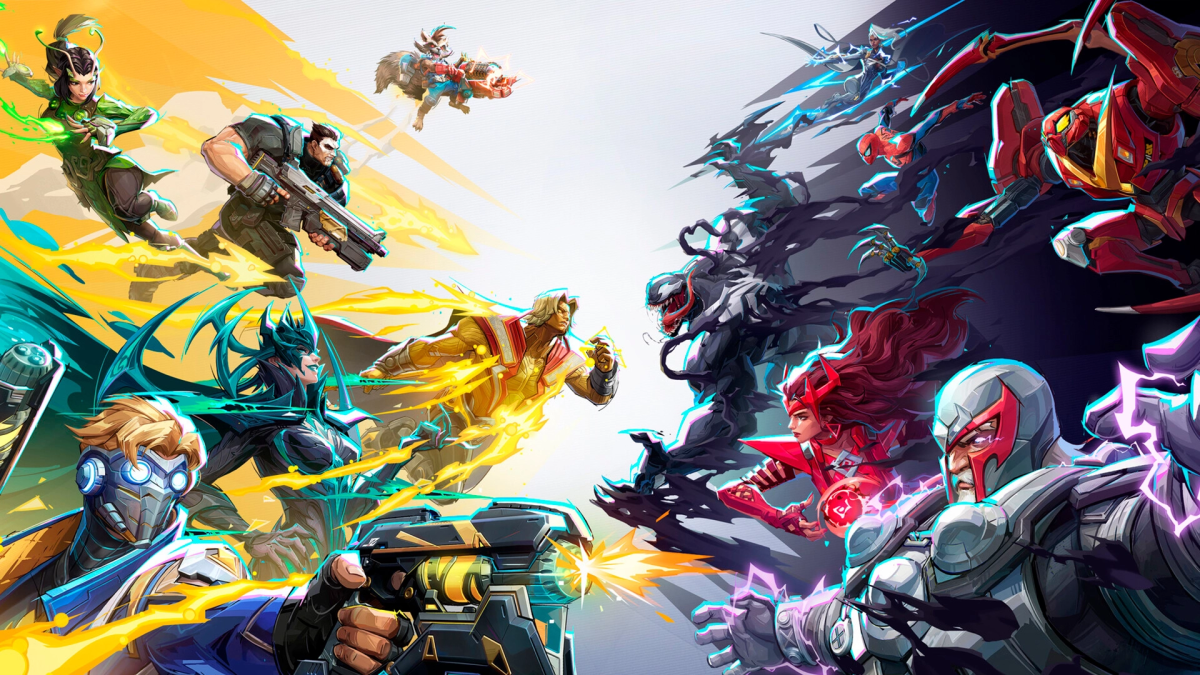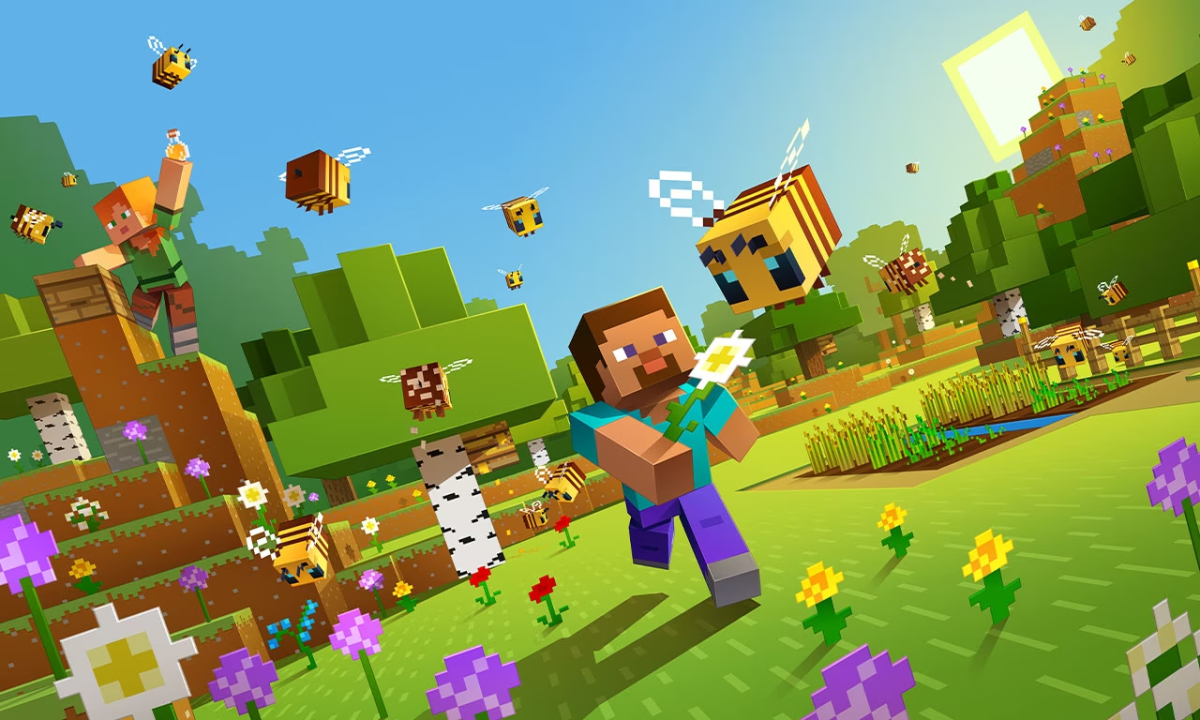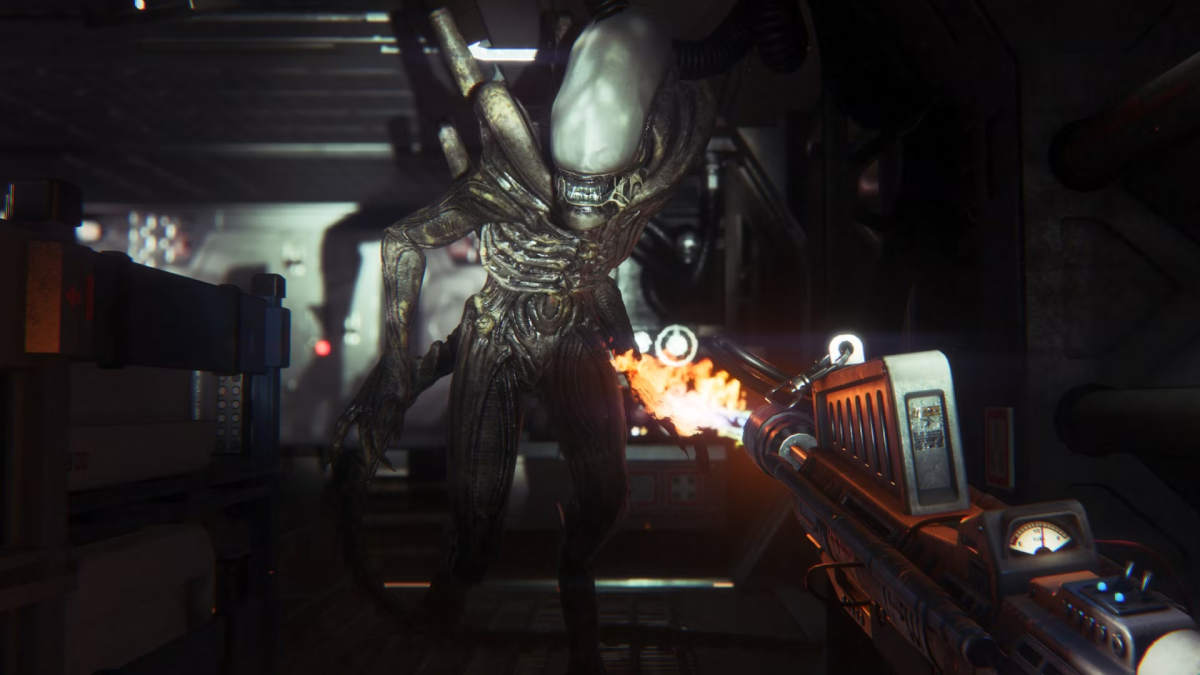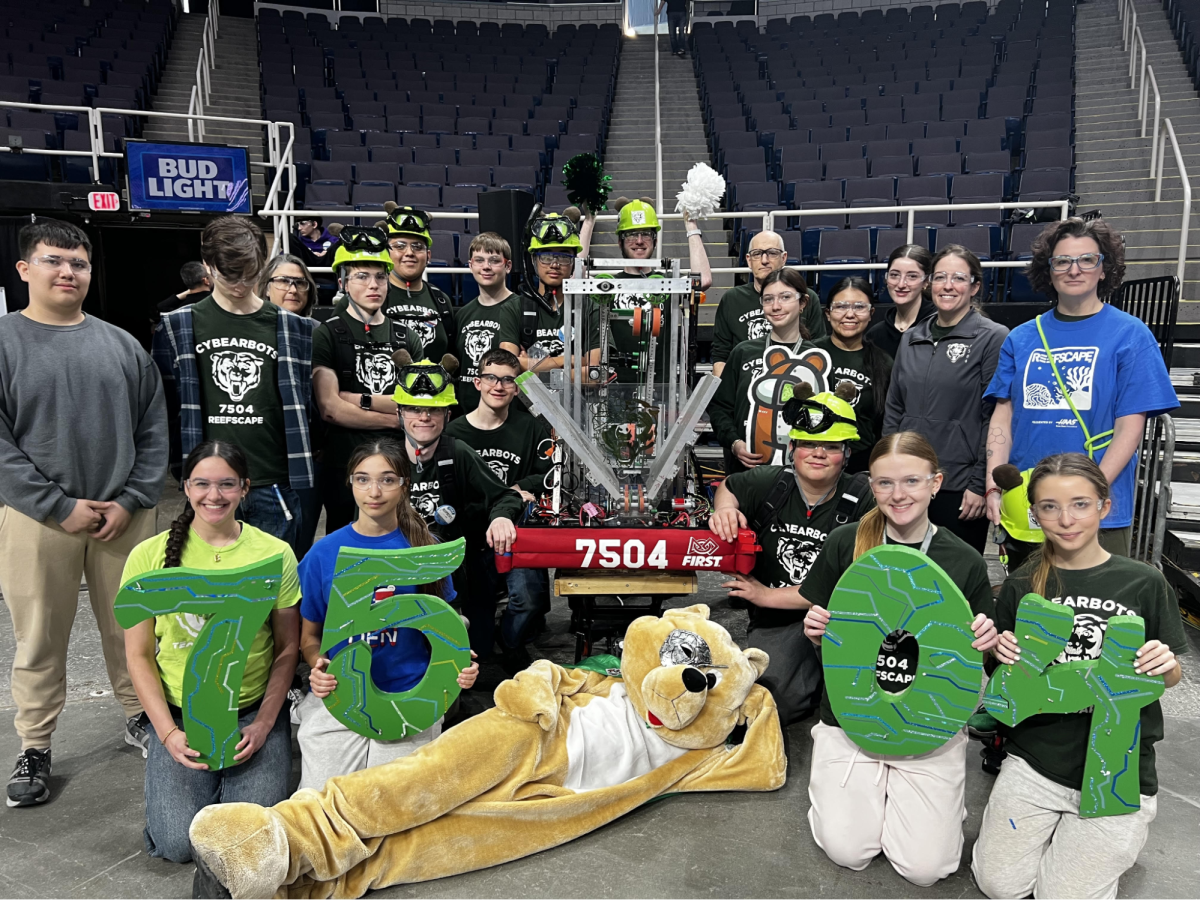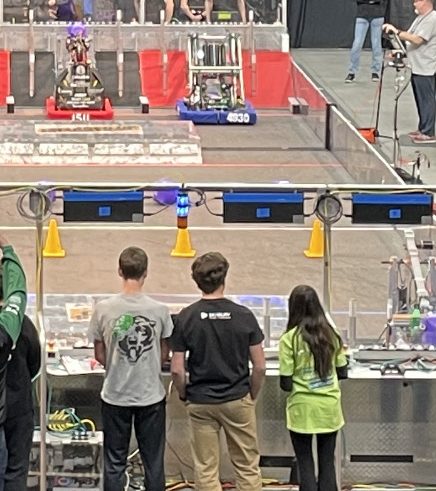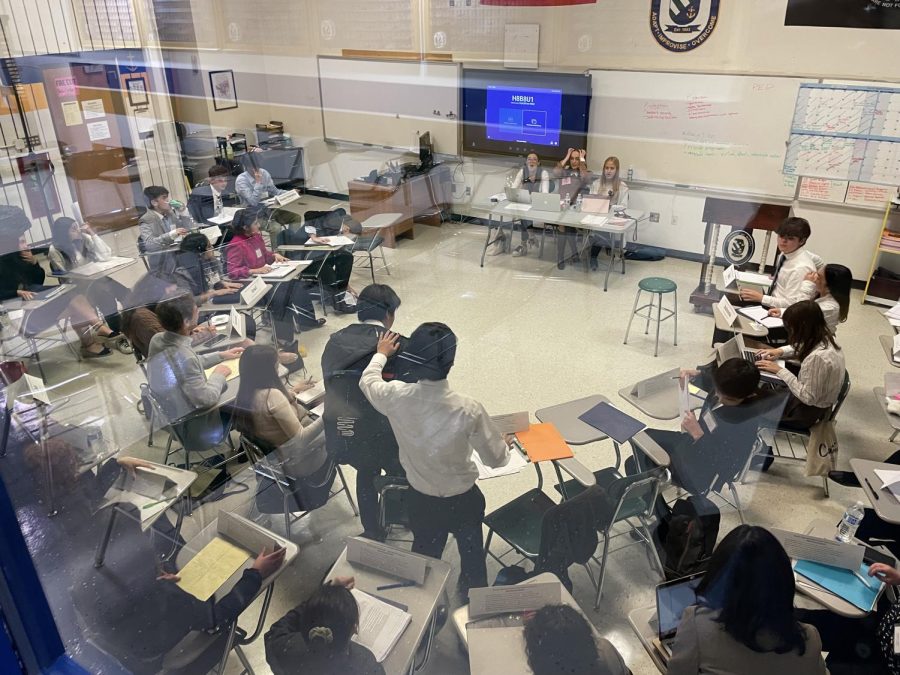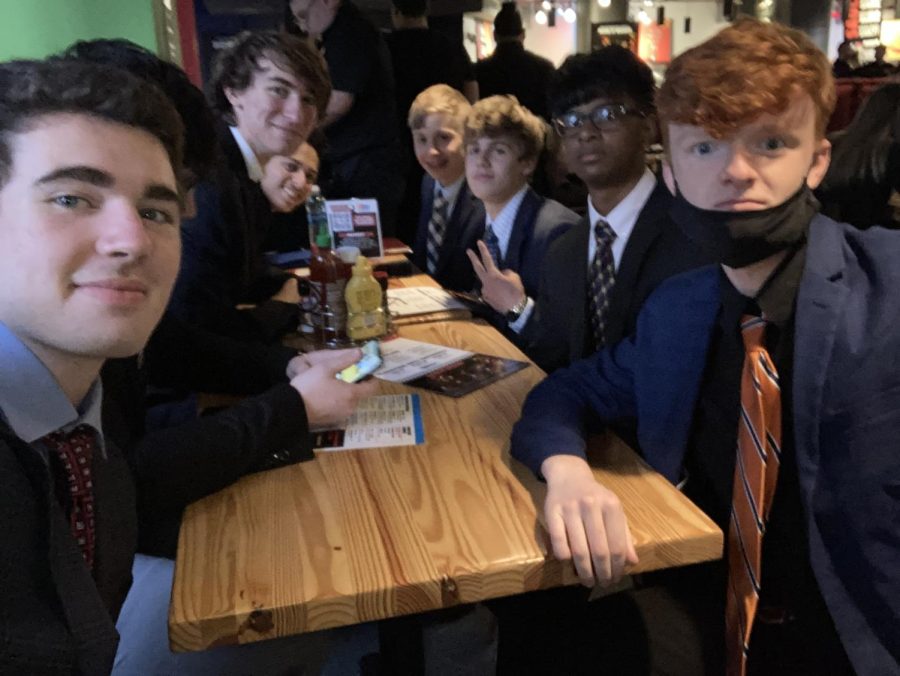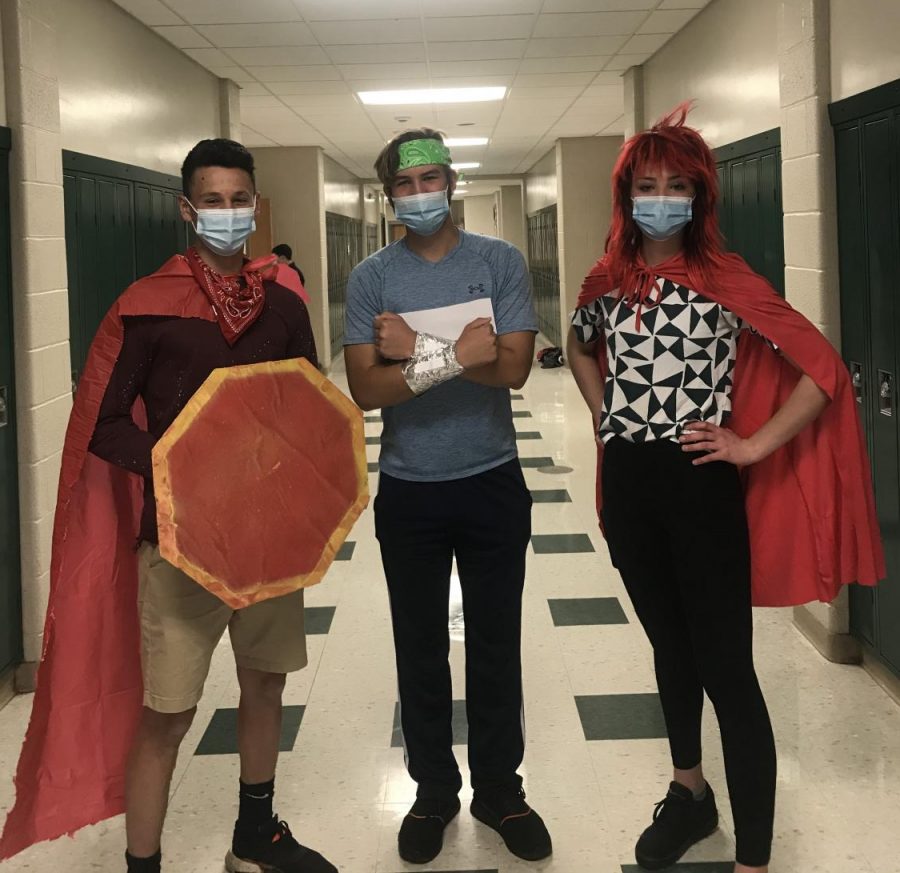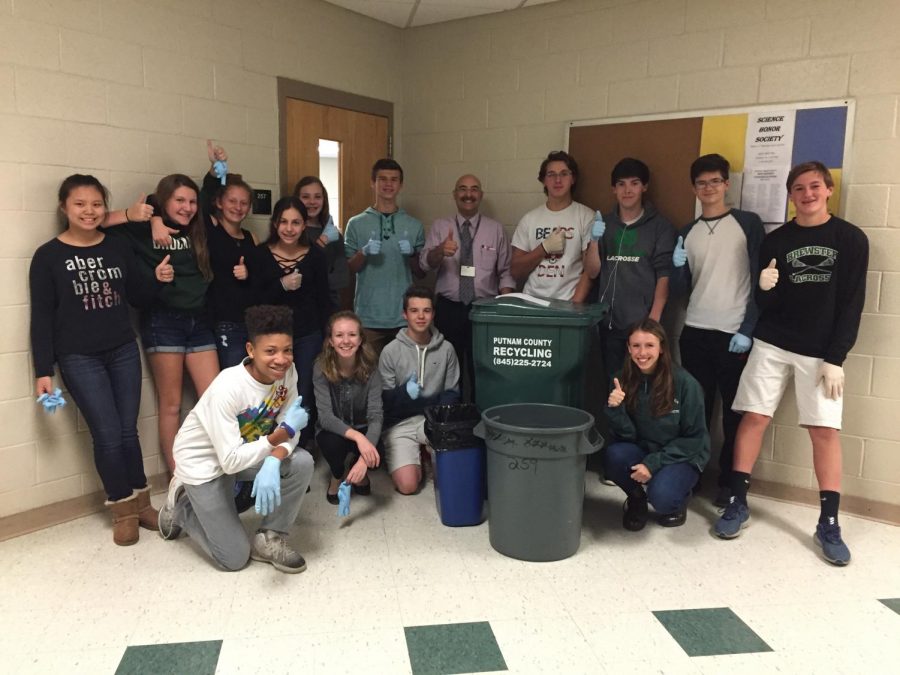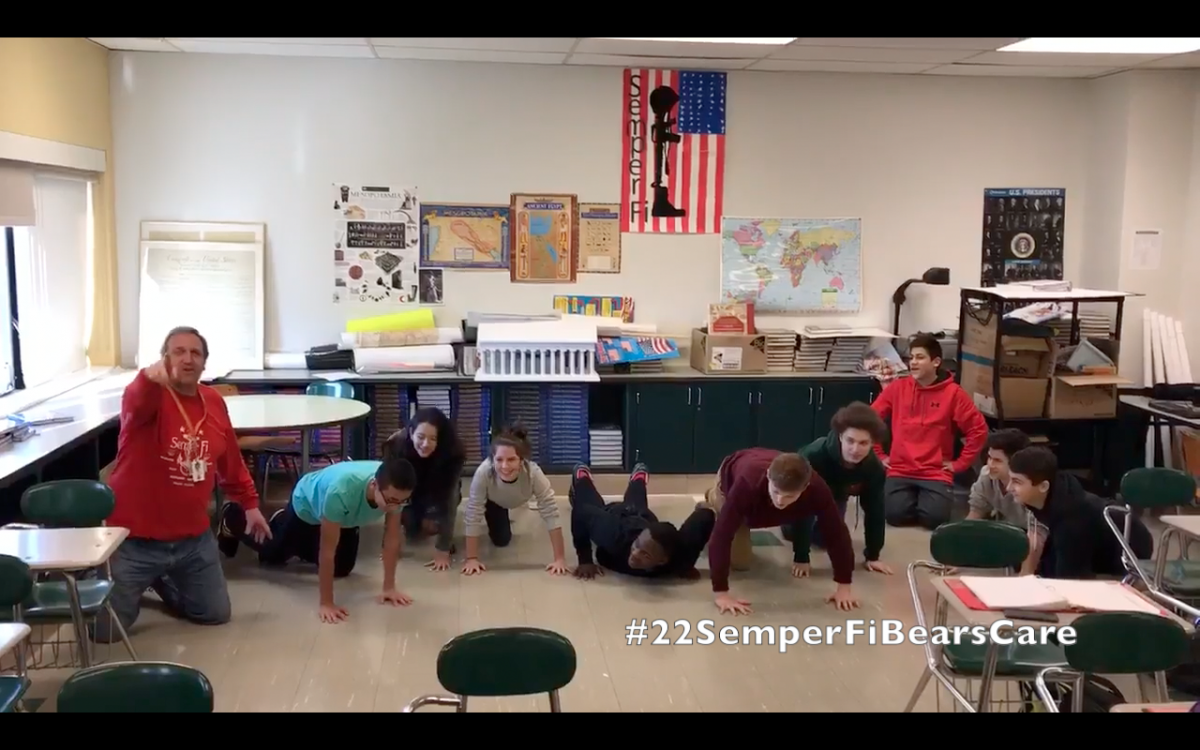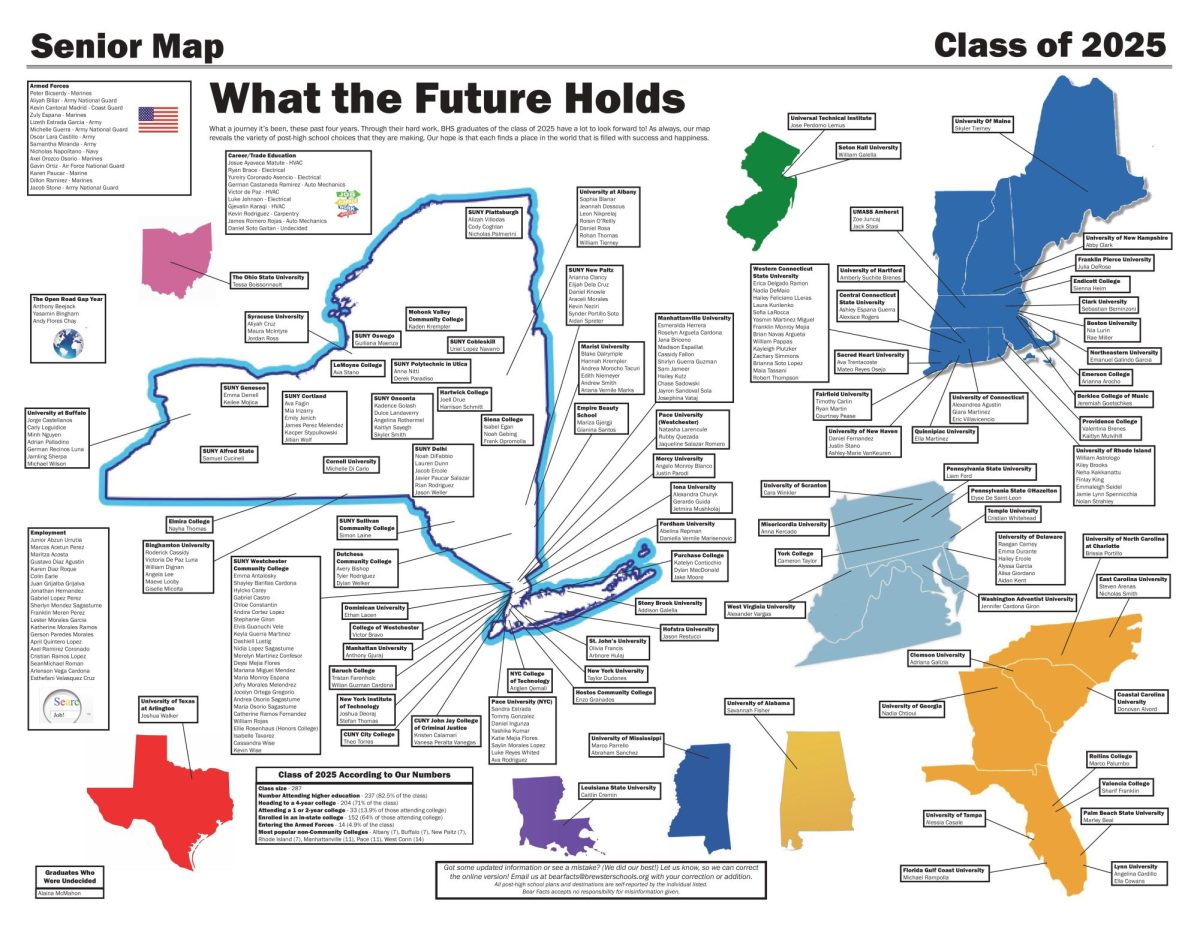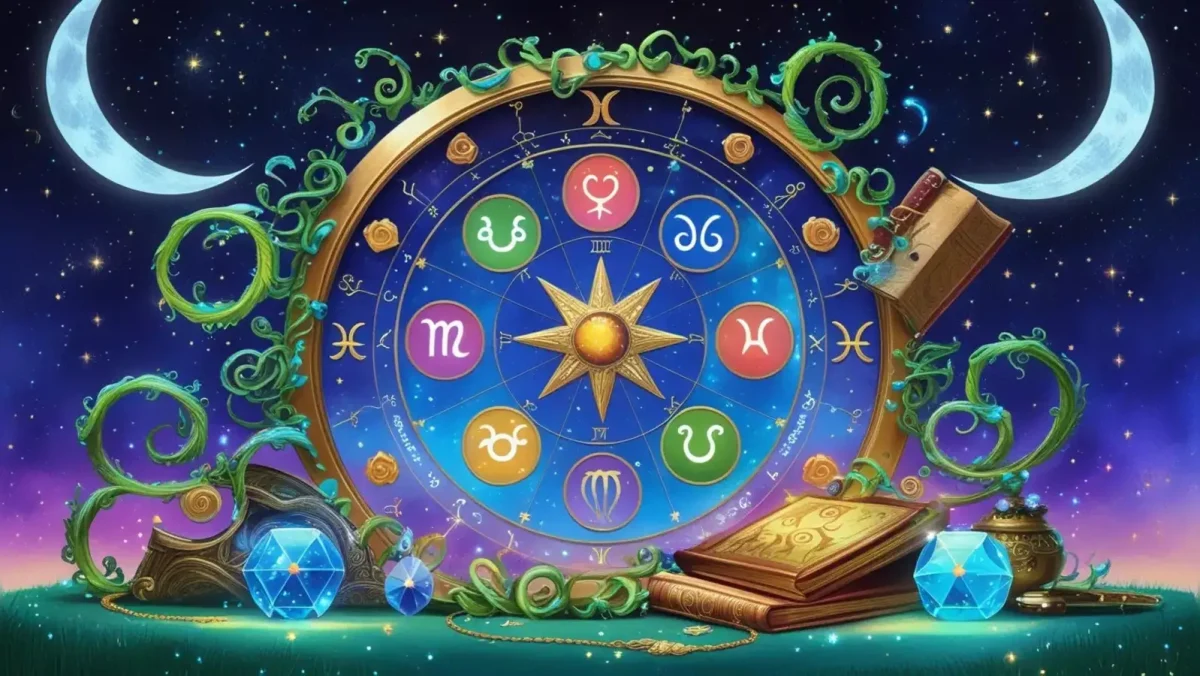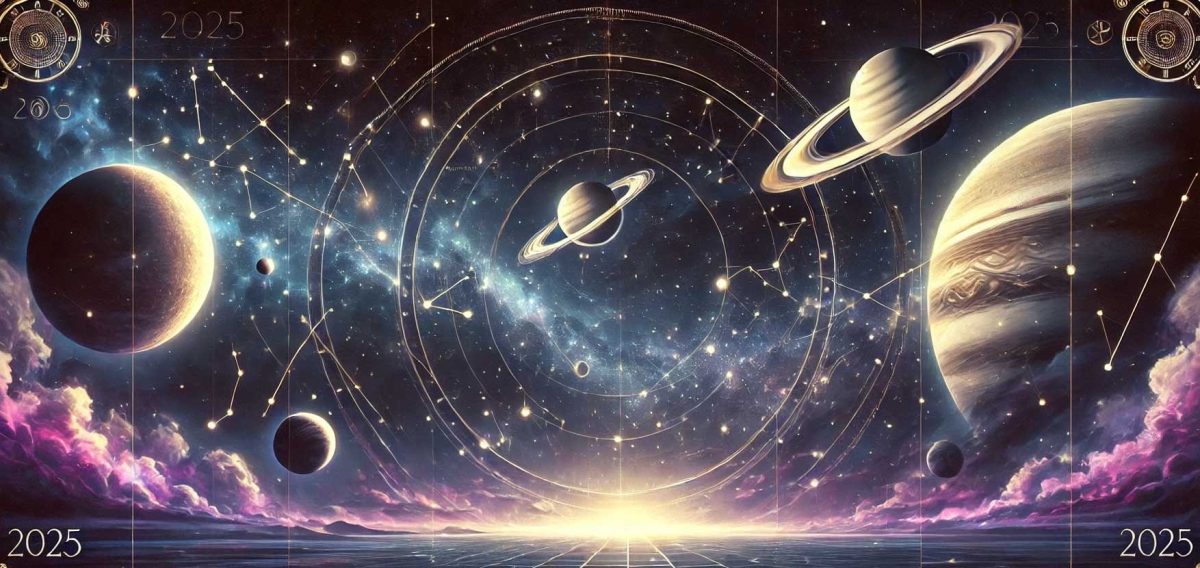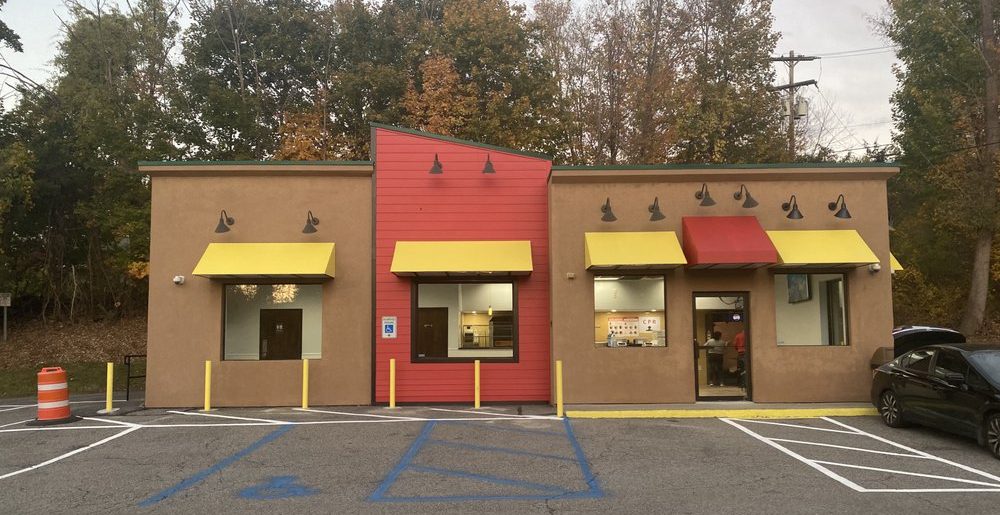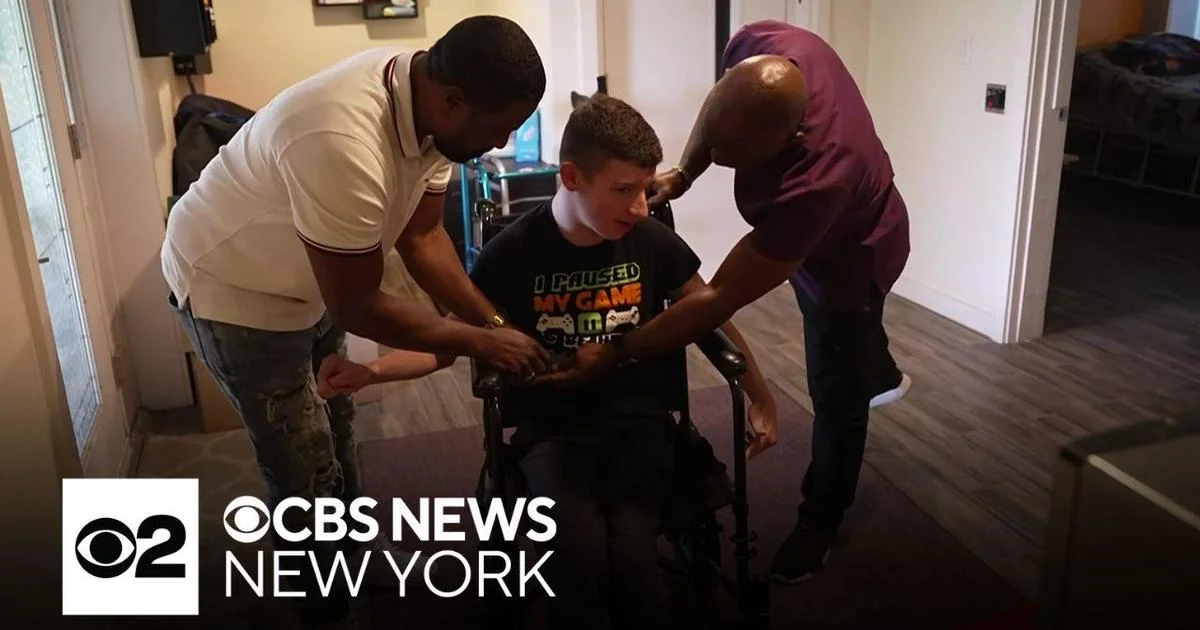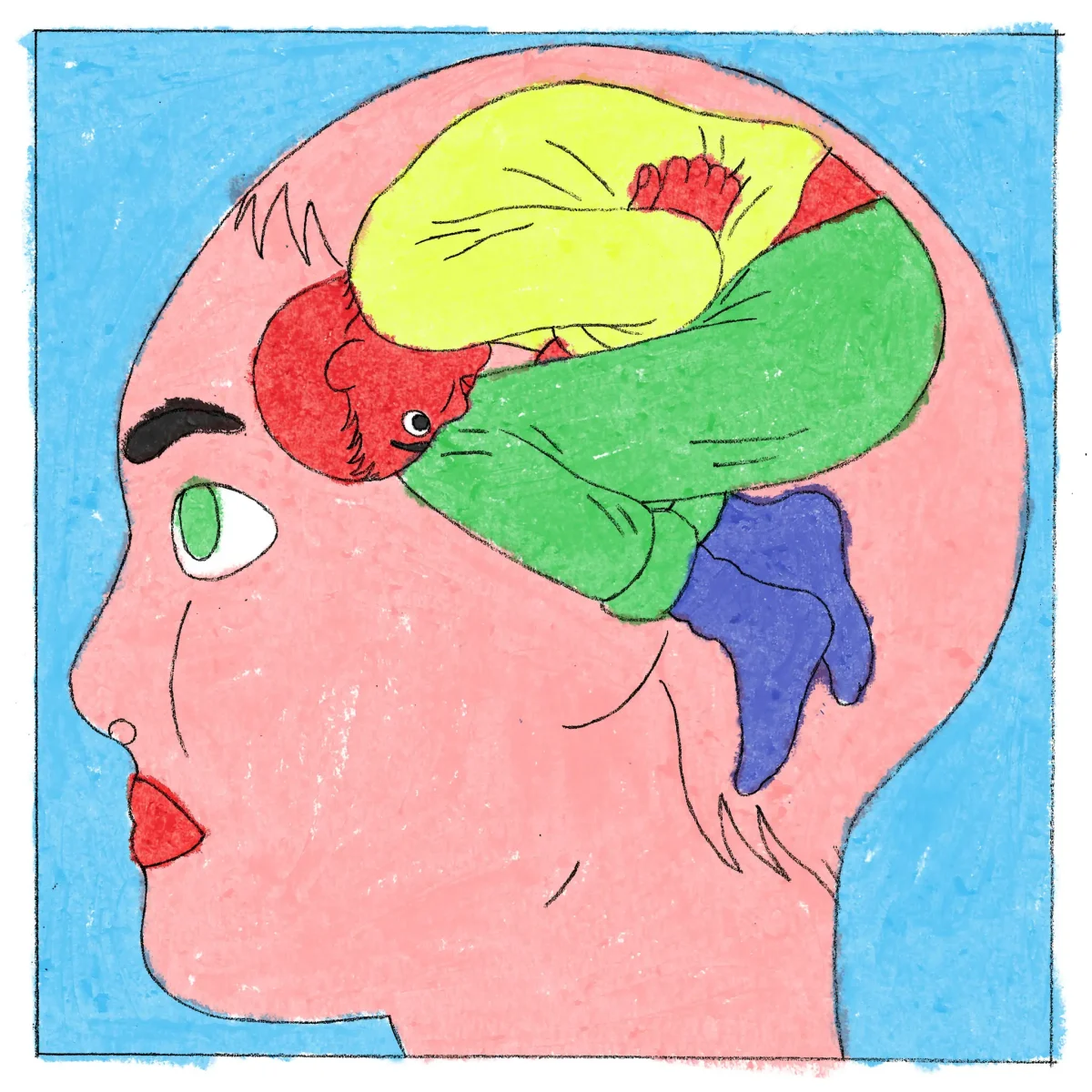If you’ve been keeping up with video games lately, especially horror games, then surely you’ve noticed a stark shift in visuals. If you go onto the Unreal Engine website (a program popular for video game creation), you’ll notice that its title is now Unreal Engine 5.3 as of September 6, 2023. New updates include refinements that improve multiple reflection bounces and faster performance on consoles. They also include experimental “cinematic-quality” rendering effects, rendering to assist creators in architecture, and “distinctive stylistic camera choices.” All this and more have made an appearance in only the past four months since it was updated to Unreal Engine 5.2! So, it’s safe to say that hyperrealism is a style that is moving quickly within video games. This can also be observed with some video games that have recently released demos or trailers, such as Deppartubliminal by developer Sven, or Paranormal Tales by developers Horror Cam Committee and Digital Cybercherries. Each of these games features examples of extremely realistic visuals, to the point where players can’t tell what’s been put together on Unreal Engine and what’s genuinely filmed.
These new improvements are exciting for many, giving developers the opportunity to create a shocking horror experience that was impossible without an actual camera before and that can be fixed up and made hyper-realistic by any self-sustained indie developer willing to put in some time and effort. However, looking in from another perspective, some find the new improvements to be more distasteful in comparison to the look and feel of a classic horror game in which you can count the pixels of each frame.
While everyone loves a game with amazing graphics, the use of hyperrealism has been causing some concerns. One major issue is the movement. These games that have been emerging lately have all been in first person, and so, in order to be more immersive, the visuals tend to be programmed to bob up and down slightly whenever players move or turn within the game. The problem with this is that it can cause motion sickness to both those playing and those simply watching; therefore, it needs to be played in shorter increments so as not to make people feel sick. This can become frustrating for people who like to sit down and play games in their entirety, making the overall experience less immersive than one with lesser graphics since so many breaks are necessary.
Another issue has been the exposure to such realistic violence. Personally, I don’t believe that violence or gore in video games causes people to be more violent; I think it’s simply entertainment like any horror movie. However, when it’s quite so hyper-realistic, it does cause me some concern about the players reactions outside of games. Mine and others’ concern is that if you become so desensitized to violence that you can’t even tell it wasn’t filmed, it could cause you to have less of a reaction to violence in real life. Humans have built in fight-or-flight responses for a reason: it could save their life if they are truly put in a situation where it’s necessary, but as players become used to seeing violence on a usual basis, it could result in them having less of a reaction in a life-or-death moment in which they need to respond quickly.
However, no matter what pros or cons are to be had with hyper-realistic video games, many people believe you simply can’t beat the old pixelated graphics style of classic video games and their creators. Puppet Combo, for instance, is a current developer known for their awkward, VHS-styled graphics, yet people love their survival horror games nonetheless, such as the critically acclaimed Murder House (2020) or, more recently, Stay Out of the House (2022), which has a 9/10 rating on Steam. Another extremely popular horror game developer is Chillas Art, a small independent company known for using PS1-style graphics to create games that still have in-depth plots, a chilling atmosphere, and great scares, such as The Closing Shift (2022) or, very recently, Parasocial (2023), with a 10/10 rating on Steam.
In an even more extreme manner comes Faith: The Unholy Trinity (Chapter 3, released in 2022), developed by Airdorf Games. This survival horror game is made in the style of low-frame rate early 1980’s 8-bit computer games, basically meaning they look like something that you could download on the Apple II computer for most of the game. This game, however, is rated 4.4/5 on GOG.com, 4.8/5 on itch.io, and 10/10 on Steam, with ratings steadily rising since its realease and feedback being overwhelmingly positive.
All this goes to show that games don’t need over-the-top visuals for people to love them, and they don’t need realistic gore in order to be scary. While hyperrealism can be a very fun and engaging experience and is exciting to see evolve, sometimes nothing can beat the classic fuzzy, pixelated, low-fps scares of indie horror games’ roots.


















